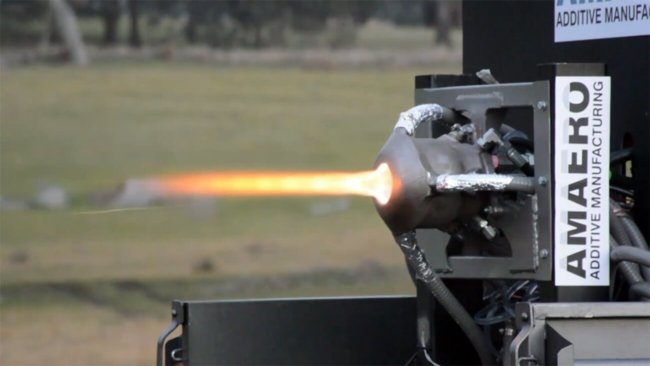
Very often you can find news about certain things printed with a 3D printer. This technology has already been successfully created gadgets, bridges and entire buildings. But scientists from Monash University (Australia) jointly with specialists of the company Amaero recently tested the world’s first jet engine, built using 3D printing technologies.
Printed jet engine has several features that distinguish it from other similar developments. It belongs to the class Klinovsky engines (aerospike engine), i.e., it is able to maintain aerodynamic efficiency in a wide range of altitudes above the Earth’s surface in areas with different air pressure. The design of the engine allows it to develop more thrust for the same level of fuel consumption, as well as other engines in this class. Well, the most important difference is that the whole process of “building” takes only 4 months. According to lead project engineer Graham bell,
“Design of components and assemblies focused on additive manufacturing technologies, opens a lot of opportunities. We were able to overcome all the limitations associated with the traditional production process, focusing on the features that provide the maximum efficiency of the unit, including a nozzle and an extensive system of internal cooling”.
At the moment, experts of Monash University and the company Amaero together has created a new company called NextAero. She will work to improve existing production technologies and to improve the quality of jet engines created with the help of 3D printing.

Conducted the first test of a jet engine made on a 3D printer
Vladimir Kuznetsov